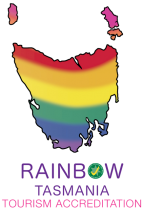Explore Mount Field
Mount Field National Park
One of the first two national parks declared in Tasmania (Freycinet is the other), Mount Field celebrated its centenary in 2016. The park’s only an hour-or-so drive – just over 80km – from central Hobart, but somehow continues to elude attention. We think it’s one of the best natural places to visit in Tassie, and we can help get you there.
Jump To...
Staying at Mount Field
About 15km from the park entrance are five rustic wooden huts – the Government Huts. The huts date from the late 1940s and were originally used by workers building the Lake Dobson Road. They were later moved to their current location near Lake Dobson and have been a favourite of Tasmanian walkers and school groups for half a century. The huts are situated in a beautiful snow-gum grove overlooking alpine moorland. Wildlife and birdlife abounds.
The huts provide low cost, basic accommodation. Each contains bunks with mattresses, a sink with cold running water, a wood heater (wood supplied), table and benches. There’s no electricity, gas or other services so users must be self-reliant. There are no showers; a shared toilet facility serves all five huts.
Hut users need to take their own bedding (sleeping bags), all cooking and eating equipment and provisions, and head torches or lamps. It’s possible to cook using the wood stove but gas cookers are recommended.
Our Mount Field Pack includes all the kitchen/eating and lighting basics you need in one convenient package, and we can supply some of all of your provisions – simply choose from our Gourmet menu. We also hire sleeping bags for the lovely cool nights, plus raincoats, daypacks, rucksacks, walking poles and various other things that you might need to explore Mount Field’s magnificent alpine reaches.
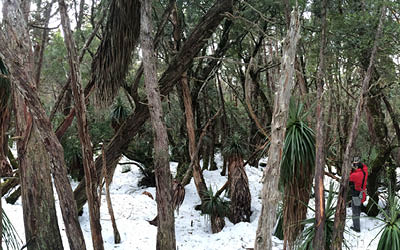

More About The Park
Mount Field has been included in the Tasmanian Wilderness World Heritage Area (TWWHA) since 2013. The TWWHA is one of only two sites in the world to meet seven out of the 10 World Heritage criteria (the other is Mt Taishan, in China). Mount Field is the closest part of the TWWHA to Hobart and unquestionably its “gateway”. It has fine visitor facilities – including an extensive camping area bordering the beautiful Tyenna River – near the visitor centre.
Its main attraction is Russell Falls, which is a short walk from the visitor centre. Other short walks near the falls highlight Tasmania’s tall eucalypt forests and temperate rainforests. The rest of the park – which very few visitors move on to see – incredibly spans six of the state’s eight habitats, from temperate rainforest to alpine moor.
Things To See
Tyenna River, on the border of Mount Field, has been called “the most platypusey river in Australia” (probably by locals). The Russell Falls walk alone provides great chances to spot one, or if you have someone like Gail in your party, to prove they exist in the wild.
The temperate rainforest at this level also has mature tree ferns and some lovely waterfalls.
A bit further up the mountain there are walks through tall-tree territory, filled with bird song and in the winter months a fantastic place to hunt fungi.
At the top of the park, the walk round Lake Dobson is one of our favourite spots in Tasmania, with astonishing endemic flora like Telopea tasmanica (pepperberries) and the fantastically unlikely richea pandani, the world’s tallest heath plant. It sounds boring put like that, but to walk the path underneath this alpine palm-like plant is to wonder if a dinosaur will turn up just round he corner.
Halfway up the Lake Dobson road, the Block Stream is great for intrepid rock-hoppers, with huge rocks forming hollows in which grow bonsai gardens of some of Tasmania’s most interesting endemic flora, including king billy and pencil pines, alpine yellow gums and snow gums and a range of exciting prickly plants from ankle to thigh, for which Tasmania is renowned. It’s also a spectacular place to see the fagus turning.


What’s the deal with fagus?
Tasmania has two beech species endemic to the State – Nothofagus cunninghamii and gunnii. Nothofagus gunnii, known in Tasmania as fagus, is Australia’s only cold weather deciduous leafing plant – known to the rest of us mere mortals as a tree whose leaves change colour in autumn. If you’re the kind of person who thinks, “so?”, you should probably join the crowd of ‘leafers’, who come from around the country on an April pilgrimage to look at trees with yellow leaves. Gail was once one of the ignorant, and was persuaded to visit by Ian man of the leaf. She’s now an annual pilgrim, and can talk with great enthusiasm about the importance of genus Nothofagus in the great Gondwana landscape (found Southern Hemisphere only. So few species, so much continent moving…)
Animal spotting at Mount Field
The lawn at the park’s entrance is excellent for night spotting, with quolls, bettongs, wallabies and bandicoots all promenading after dark. Russell Falls is also home to a colony of glow worms, so those committing to a dark dark walk on a dark dark night are in for a treat.
Further up the mountain and around the Government Huts, Wombat Moor’s name points to the presence of its eponymous friends, and the brushtail possums up there are inquisitive, to say the least.
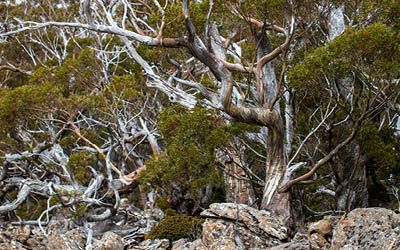
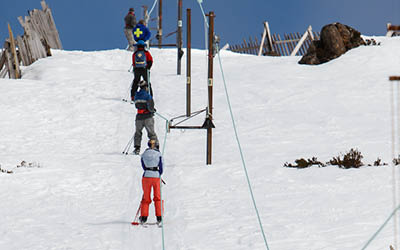
I want to know more!
Click here to read an article we wrote about Mt Field. Or give us a call and hear Gail’s favourite platypus story, or Ian’s eloquent description of the Mount Field ski area’s nutcracker tows (it’s G-rated; promise…)
Practical stuff
Getting to and from:
To stay in the huts, you’re going to need a car, preferably AWD.
If you’re camping, there are buses and shuttles available, which the Tasmania Parks and Wildlife Service (PWS) website lists here.
For more information about Mount Field visit the PWS website here or call the Mount Field Visitor Centre on 03 6288 1149.
To buy a parks pass (essential if you’re visiting a Tasmanian national park) visit the PWS website here or call 1300 827 727.
To book the Government Huts, click through to Book Easy from the PWS website here or contact the Sheffield Visitor Information Centre (which manages telephone enquiries) on 03 6491 2271.
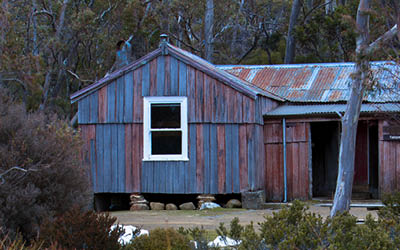

34 Forest Road
West Hobart TAS 7000,
AUSTRALIA
PHONE: 03 6234 4918
MOBILE: 0468 343 244
EMAIL: info@3cgg.com.au
 Gluten Free
Gluten Free Vegetarian
Vegetarian Vegan
Vegan